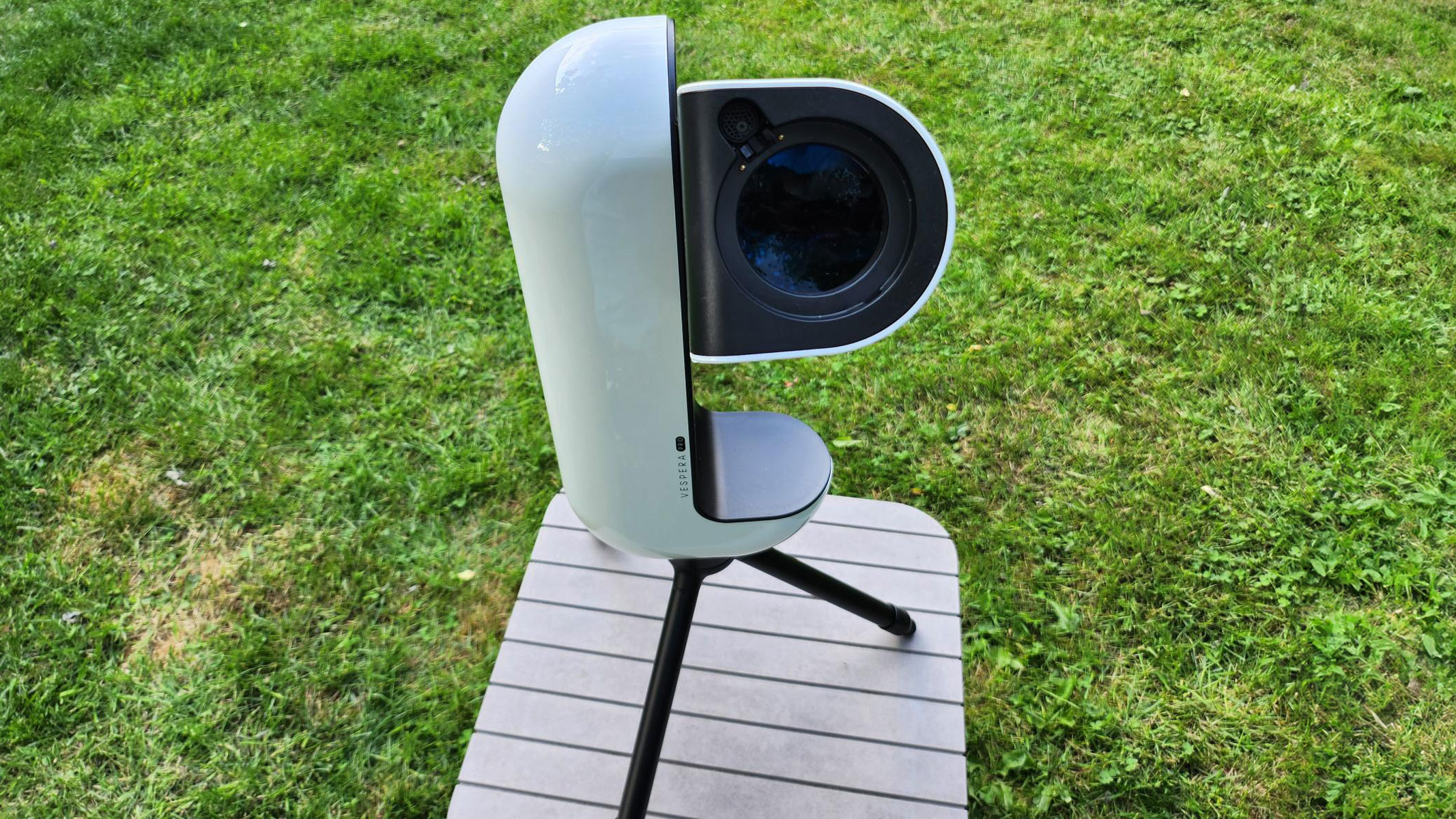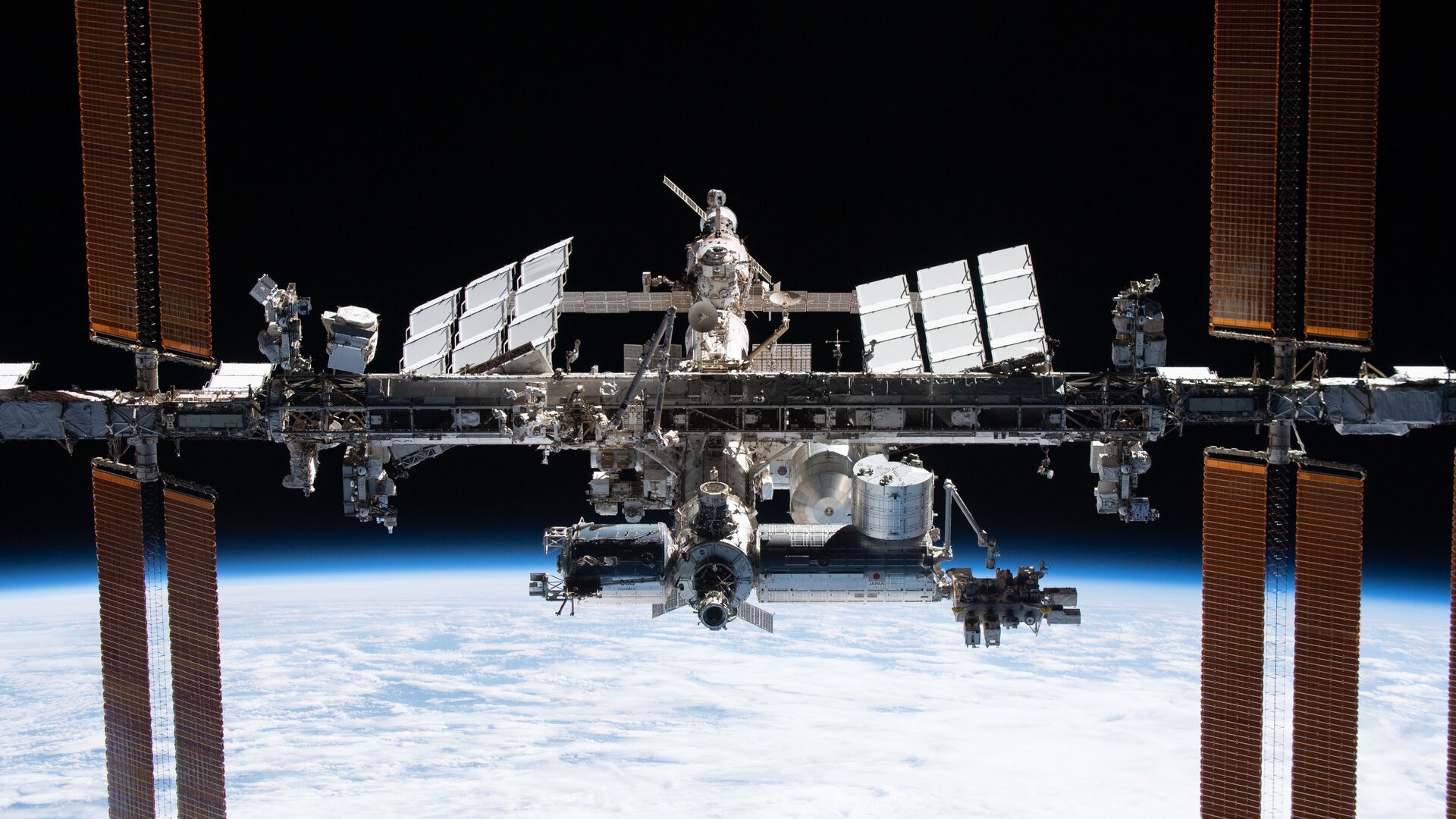One of the James Webb Space Telescope’s superpowers is its ability to investigate the cosmic dawn, the first few hundred million years after the Big Bang.
The telescope has once again lived up to its reputation, spotting light from a galaxy which existed only 280 million years after the Big Bang, the most distant ever detected.
Known as MoM-z14, it displaces the previous record holder, JADES-GS-z14-0, which existed 300 million years after the Big Bang.

How Webb sees galaxies at the beginning of time
When looking for these distant galaxies so early in the Universe, the James Webb Space Telescope investigates objects with high redshift.
Redshift, often denoted by z, is where the wavelength of light becomes stretched as it travels to us through expanding space.
The redder the light, the higher the redshift and the more distant the object.
You may have heard of the phenomenon in the case of sound; it’s similar to how an ambulance siren drops in pitch as the vehicle speeds away from you.
By detecting redshifted light with JWST’s infrared instruments, astronomers can determine the distance and composition of early galaxies.

What Webb found at MoM-z14
The newly discovered galaxy, MoM-z14, has a redshift of just over 14.
While the detection of such a distant object is impressive, what’s more surprising is the existence of these galaxies themselves.
“JWST has revealed a stunning population of bright galaxies at surprisingly early epochs, z > 10, where few such sources were expected,” the authors noted in their early pre-publication study.
At this stage in the Universe’s history, astronomers had not anticipated detecting any galaxies using JWST.
Instead, they have found more than 100 relatively bright galaxies from the period just after the cosmic dawn.
JWST observations have also identified the presence of heavier elements, such as carbon and nitrogen, in MoM-z14.
This suggests that even earlier, less chemically evolved galaxies exist.
These galaxies, composed solely of the light elements hydrogen and helium, are still waiting to be discovered.
The researchers comment: “JWST appears poised to drive a series of great expansions of the cosmic frontier – previously unimaginable redshifts, approaching the era of the very first stars, no longer seem far away.”
Source link

